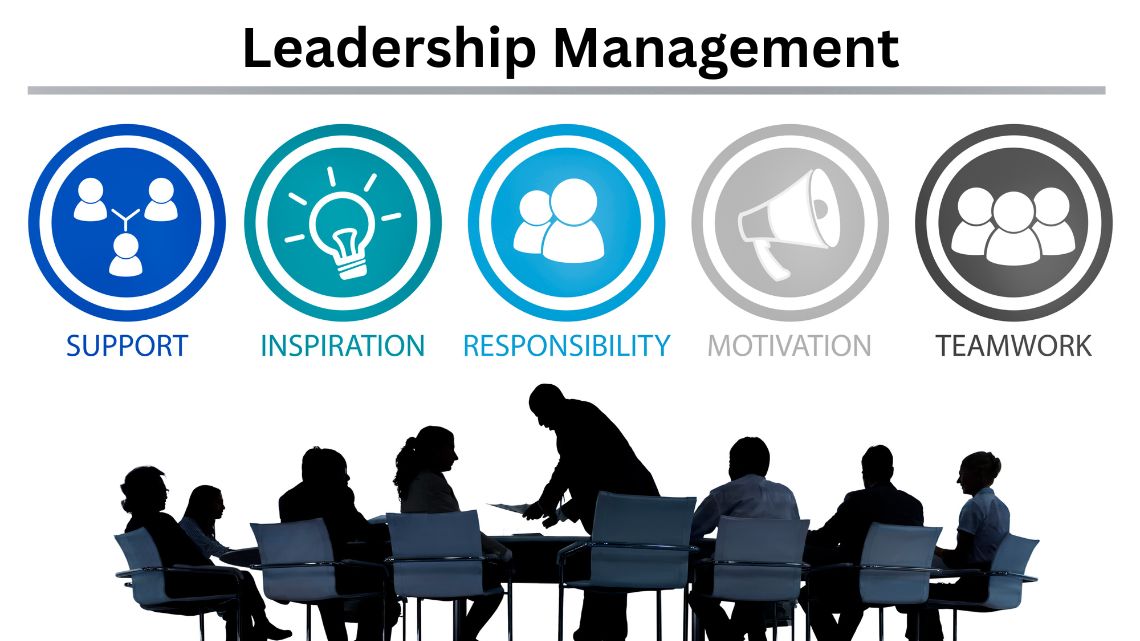
In today’s complex and fast paced work environments, effective leadership is a critical driver of strategic success. The type of management style a leader chooses, critically reorient various aspects include, employee performance, work culture, and the long-term deliverables of an organization. A high-impact leadership in management establishes trust, organizational alignment and resilience to navigate change and uncertainties. A poor fit or rigid style will negatively impact engagement and is likely to result in turnover and missed opportunities.
This blog aims to explore different management styles as well as provide leaders with valuable insights that helps to identify, apply, and shift their style to best address team and business objectives.
What Is a Management Style?
A management style is an approach of guidance a leader employs to direct, empower, and oversee a team. The style of management strategy shapes communication, team alignment and how tasks are being accomplished. In this ever-evolving business ecosystem, a fast-growing startup might demand a more adaptable approach while an already established organization prioritizes structure over flexibility. By understanding management styles, situational effectiveness, factors required to consider while choosing an approach, managers can build an organization that thrives with better team performance, improved employee morale, and foster overall productivity.
Types of management styles for effective leadership
- Autocratic Management
Suitable for risky endeavors such as production or emergency management where the urgency of quick decisions is essential and conformity is extremely critical—resulting in rapid adoption and reduced risk at the expense of innovation and morale if exploited.
- Democratic (Participative) Management
Best in collaborative teams and innovative frameworks where varied input is worth the development initiatives—resulting in active participation, team ownership, and better decisions through collective wisdom.
- Transformational Management
Ideal for change or growth firms, where vision and inspiration are required—resulting in high motivation, creativity, and long-term goal orientation.
- Transactional Management
Suited for goal-oriented environments like sales or logistics where organization and specific rewards control performance—ensuring responsibility, efficacy, and consistent production within set parameters.
- Laissez-Faire Management
Efficient for highly trained, autonomous groups like designers or researchers—incentivizing creativity, independence, and innovation, although it can be challenging if lack of structure is complemented with ambiguous oversight.
- Servant Leadership
Best for people-centered or mission-based organizations where empathy and mutual support are essential values—resulting in high levels of trust, loyalty, and good sense of shared purpose and belongingness.
- Coaching Style Management
Ideal for development-oriented teams or employees who aspire to grow professionally. In this, leaders provide mentorship or facilitate continuous learning, coaching, talent training sessions etc.
How to Choose the Right Management Style
- Assessing organizational culture and values
A manager’s message style should align with and affirm your firm’s mission, values, and work culture. A startup that is centered on inclusive innovation, for instance, could be more effectively guided by democratic or transformational leadership than transactional management.
- Considering team size, maturity, and work type
Less experienced or smaller teams may require more structure (coaching or autocratic), whereas mature or experienced teams would do well with a servant or hands-off style. Know your team strengths.
- Adapting styles for hybrid and global teams
Global and virtual diverse teams may require greater communication, flexibility, and empathy. A combination of democratic, transformational, and coaching styles typically best serves hybrid teams.
- Situational leadership: when to blend or shift styles
Successful leaders demonstrated mastery in adapting management styles as per different situations. That is, use autocratic leadership during a crisis, and embrace participative business management in routine work. Situational leadership is all about adapting your style to the situation.
How to Evolve in your Management Style as a Leader
- Continuous learning and leadership self-assessment
Leadership fulfillment is an extremally effort-driven process. Find time to regularly reflect on your own effectiveness, read about leadership, and keep up to date about current best practices. Tools such as 360 degree reviews, or some form of leadership assessments can help provide an objective perspective.
- Feedback loops from team and peers
Strive to demonstrate a culture where honest feedback is welcomed and appreciated. Understanding how a leadership style influences a team will enable you to alter or refine frameworks and build trust and communication.
- Leadership development programs
Participate in training, coaching, or mentoring that builds and expands your management skills and your management suite of tools. Learning to identify issues allows executives to operate with agility. The more scenarios, the more agile you become as a leader.
To read more, visit APAC Business Standard.
Conclusion
Effective leadership cannot just be fulfilled solely with stringent oversight. On par with adaptability and emotional intelligence, understanding the different management styles are indispensable to produce a successful team. Committing resources to unlock potential impact and effectiveness of various management approaches, leadership authorities can smoothly align and navigate teams through challenges and organizational change. Proficient in agile management practices not only help boost performance efficiency, but empowers a capable and resilient workforce to deal with the complexity of today’s fast paced workplaces. Bold leaders do not just manage; they teach themselves to inspire, adapt, and grow.
For Connect with Us:
About Us: https://about.me/apacbusinessstandard/
Pinterest: https://in.pinterest.com/apacbusinessstandard/
X (Twitter): https://x.com/Apac_b_standard
linkedin: https://www.linkedin.com/company/apac-business-standard/
Facebook: https://www.facebook.com/ApacBusinessStandard
Instagram: https://www.instagram.com/apacbusinessstandard/
Medium: https://medium.com/@apacbusinessstandard
BlogSpot: https://apacbusinessstandard.blogspot.com/
